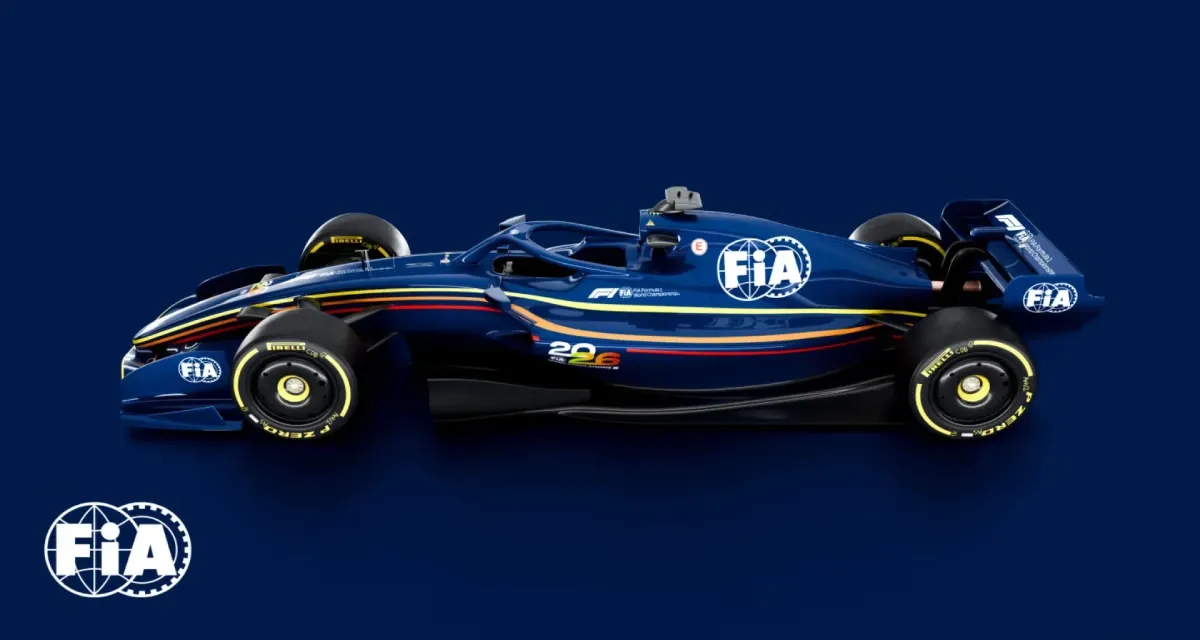

In a landmark move, the FIA has unveiled the highly anticipated 2026 regulations for Formula 1 cars, offering a glimpse into the next generation of racing. These comprehensive changes promise to revolutionize the sport, with significant advancements in aerodynamics, safety, and power units. Let's delve into the intricacies of these new rules and their potential impact on the world of motorsport.
The next change in the Formula One car is going to be a great revolution in comparison to the previous changes that were made in the Formula One cars; the changes that will be implemented in the new Formula One car will be more inclined towards the basic concept of flexibility, precision and the level of participation of the driver in the car. Nikolas Tombazis, the FIA single-seater technical director labelled the new cars lighter, more powerful and more centred around the talent of drivers as part of a deliberate attempt to invigorate the event and increase the demand for the race by making it more competitive.
One of the most notable changes is the reduction in car size, aimed at promoting closer racing and increasing competition among teams. The new regulations mandate a shorter wheelbase and reduced width, resulting in cars that are more nimble and responsive. Additionally, a significant weight reduction, coupled with decreased downforce and drag, promises to create a more dynamic and thrilling racing experience for drivers and fans alike.
Perhaps the most groundbreaking innovation introduced in the 2026 regulations is the adoption of active aerodynamics. This revolutionary technology will replace the traditional Drag Reduction System (DRS), offering drivers greater control over their car's aerodynamic performance. With switchable configurations for cornering speed and straight-line acceleration, the new active aerodynamics system promises to level the playing field and foster wheel-to-wheel battles on the track.
In terms of safety, the 2026 regulations prioritize driver protection and crash mitigation. A two-stage nose design and enhanced side intrusion protection aim to minimize the risk of injuries in the event of an impact. Furthermore, increased roll hoop loads and the introduction of lateral safety lights underscore Formula 1's unwavering commitment to ensuring the safety of its drivers in all conditions.
The evolution of power units represents another significant aspect of the 2026 regulations, with a renewed focus on sustainability and efficiency. While retaining the 1.6-litre V6 internal combustion engine, Formula 1 will bid farewell to the complex MGU-H system in favor of a more streamlined approach. The enhanced MGU-K unit will harness energy under braking, delivering three times more power to propel the cars forward. Additionally, the introduction of a Manual Override mode will empower drivers with an on-demand boost of battery power, adding a strategic element to race tactics.
These groundbreaking changes have not only reshaped the technical landscape of Formula 1 but have also attracted new manufacturers to the sport. Audi, Ford, and the return of Honda signify a renewed enthusiasm and investment in the future of motorsport, promising a diverse and competitive grid for years to come.
As Formula 1 prepares to enter a new era defined by innovation and excitement, the 2026 regulations stand as a testament to the sport's unwavering commitment to pushing the boundaries of performance and technology. With the World Motor Sport Council set to ratify these regulations later this month, the stage is set for a thrilling new chapter in the storied history of Formula 1.
Also Read: